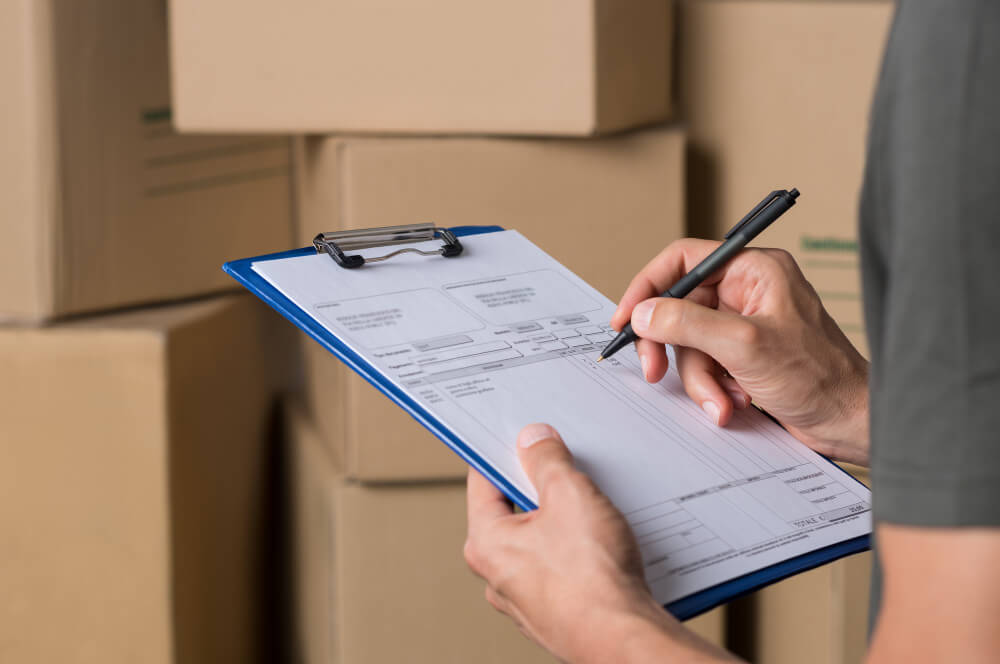Moving to a new home is exciting—but without proper planning, it can quickly become overwhelming. Starting early, ideally around eight weeks before moving day, helps reduce stress, control costs, and avoid last-minute chaos.
This week-by-week guide focuses on what to do two months before a move, including budgeting tips, finding reliable movers, organizing belongings, and preparing for a smooth transition into a new home.
Create a Moving Binder and Budget Plan
Moving expenses can add up quickly. Organizing all documents and receipts in a dedicated binder or digital folder ensures nothing important gets lost. A simple spreadsheet can help track the budget with key categories such as:
- Moving company or truck rental fees
- Packing supplies and materials
- Storage costs (if needed)
- Cleaning services for the old or new property
- Travel and temporary accommodation expenses
- Emergency buffer funds
Don’t overlook smaller costs like increased takeout meals when the kitchen is packed or parking permits at the new location. Planning for these in advance reduces unexpected financial strain.
Start Researching and Booking Movers
Reputable moving companies often book out weeks in advance. Begin collecting quotes early, ideally from at least three companies, and compare:
- Licensing and insurance status
- Customer reviews and ratings
- Transparent pricing and policies
- Experience with long-distance or local moves
When searching for reliable service, experienced local moving company OKC professionals often provide advantages that national chains can’t match. Local movers typically offer more personalized service, flexible scheduling options, and transparent pricing without surprise fees.
Plus, they’re more likely to have established relationships with property managers in the area-which can make coordination much smoother on moving day.
Declutter Before Packing
Avoid paying to move items that are no longer needed. Take this opportunity to declutter room by room, sorting items into:
- Keep
- Donate
- Sell
- Discard
Selling valuable items can also help offset moving expenses. Consider listing items on online marketplaces or hosting a garage sale.

Create a Room-by-Room Inventory
Keeping track of belongings is essential, especially for insurance claims or damage reporting. To streamline the unpacking process later:
- Photograph valuable items
- Label and list contents of each box
- Note the condition of fragile or expensive items
- Take pictures of cable setups for electronics
This visual and written inventory helps speed up unpacking and protects against loss or disputes with movers.
Notify Important Services and Update Addresses
Updating contact information with essential services prevents interruptions. Begin a checklist of all parties that need the new address, including:
- Postal service (for mail forwarding)
- Utility companies (cancel old, activate new)
- Banks, credit card providers
- Subscriptions and memberships
- Health insurance, auto insurance, and other policies
- Employers, schools, and medical providers
Set reminders to check each service off the list as the change is confirmed.
Start Gathering Packing Supplies (for Less)
Packing materials can become expensive. To save money:
- Look for free boxes from local stores or buy-nothing groups
- Use suitcases, storage bins, and baskets already on hand
- Avoid low-quality tape or markers—investing in the right supplies prevents frustration
Label boxes by room and contents for efficient unpacking later.
Organize Important Documents
Some documents should never go in the moving truck. Keep the following in a secure personal folder or digital file:
- Identification (passports, licenses)
- Medical and vaccination records
- Tax forms and financial documents
- Birth certificates and social security cards
- Property and insurance papers
Scanning these items as digital backups adds an extra layer of protection.

Make a Plan for Special Items and Valuables
Items like pets, plants, artwork, or heirlooms may require special handling. Consider hiring specialized movers for:
- Antique furniture
- Fragile instruments or electronics
- Expensive artwork or sculptures
Planning in advance ensures these items are transported safely and with the right care.
Get Familiar with the New Neighborhood
Learning about the new location helps ease the transition. Look up:
- Nearby grocery stores and pharmacies
- Gas stations and public transport
- Emergency services and hospitals
- Local school options (if applicable)
- Online community groups and neighborhood apps
Engaging with future neighbors or visiting the area (if possible) can make the move-in process feel less daunting.
Final Thoughts
An organized, early start can transform the moving experience from chaotic to manageable. Beginning these steps eight weeks before the move lays a solid foundation for success. Whether it’s budgeting, booking movers, or packing strategically, preparation makes all the difference when relocating to a new home.






